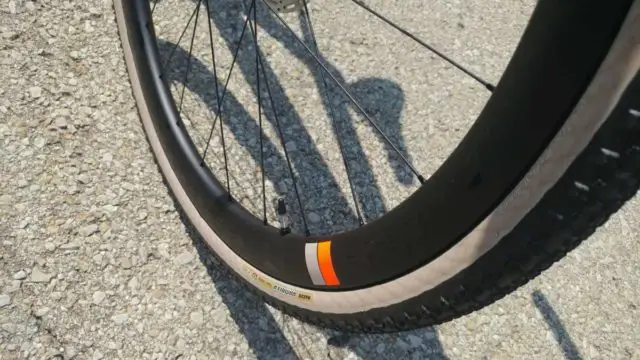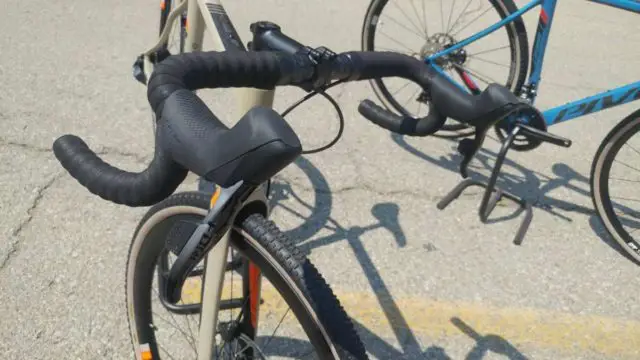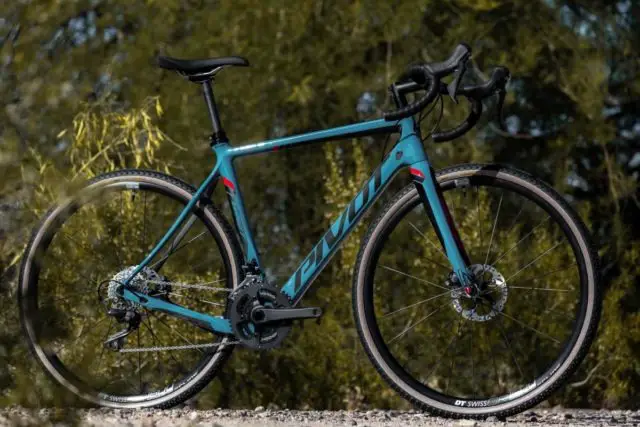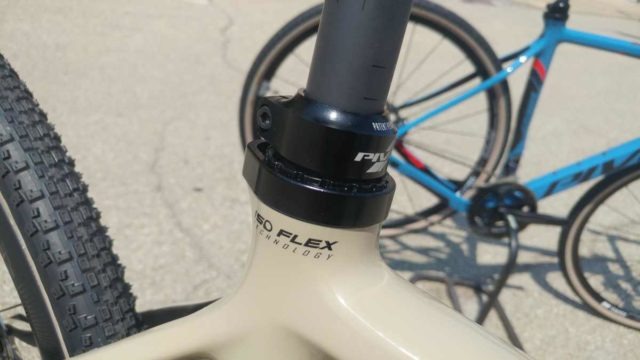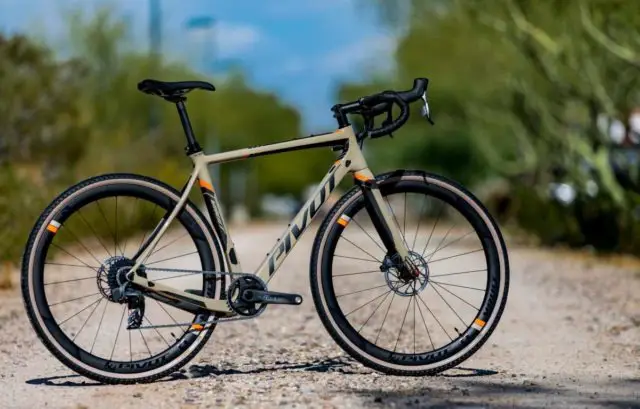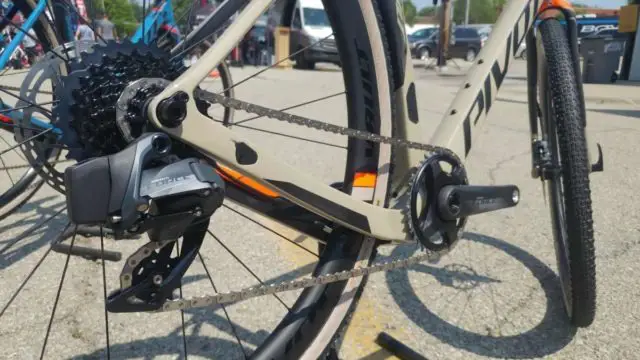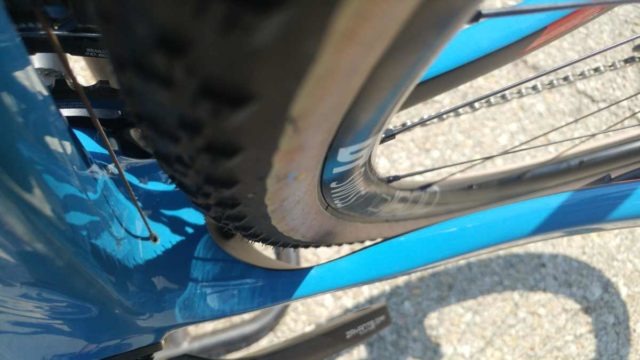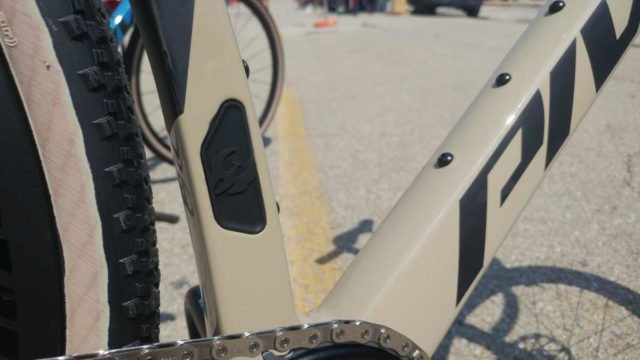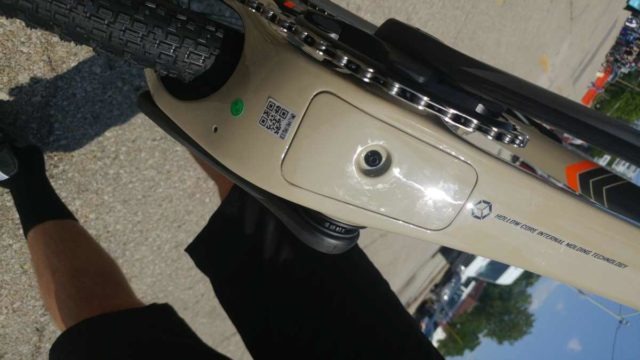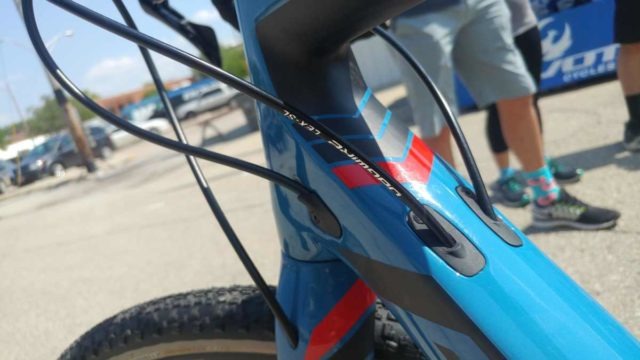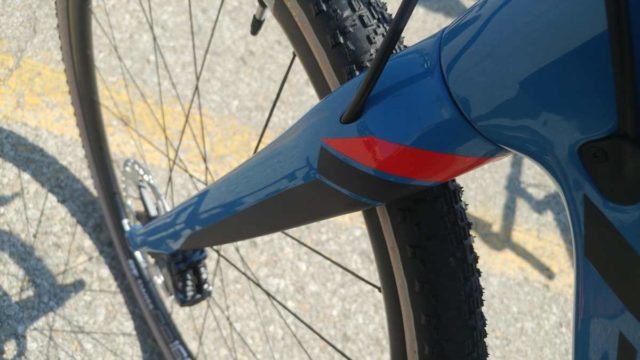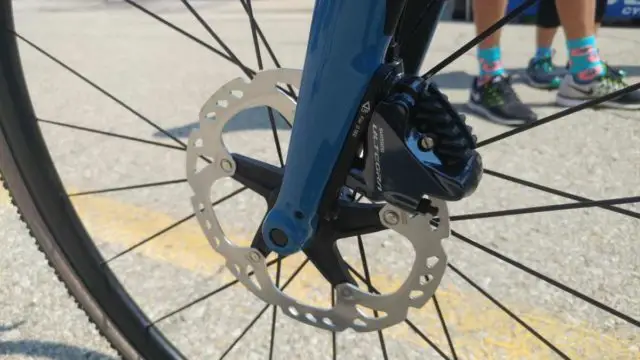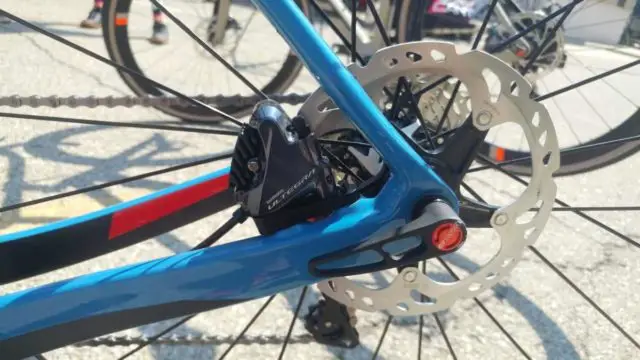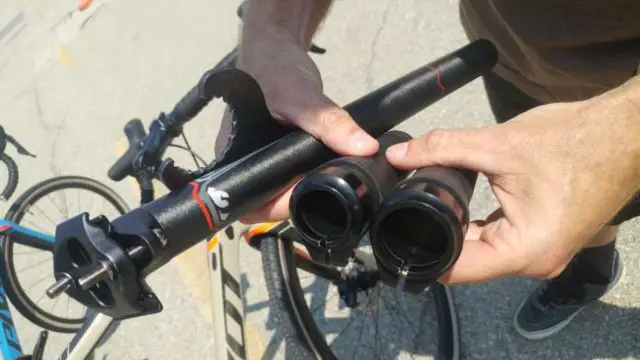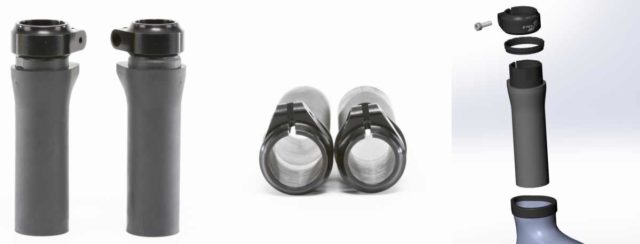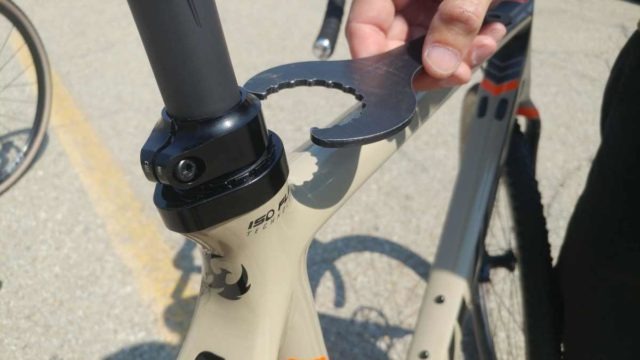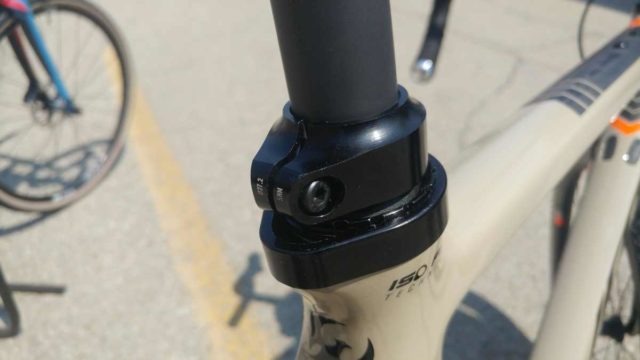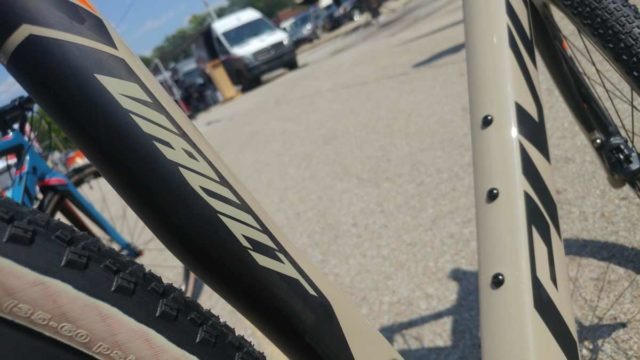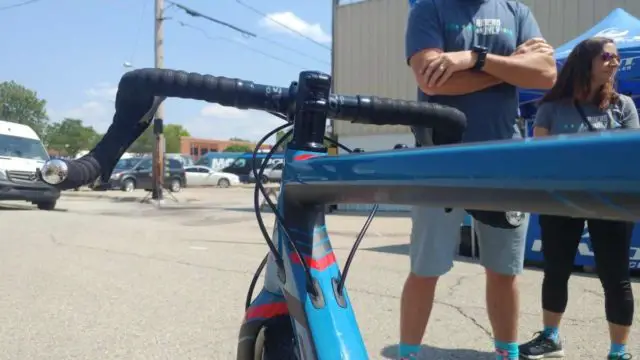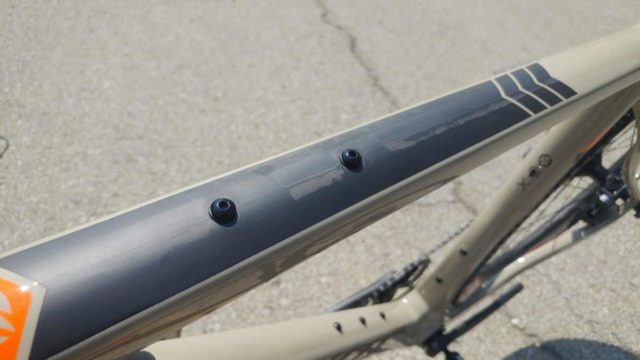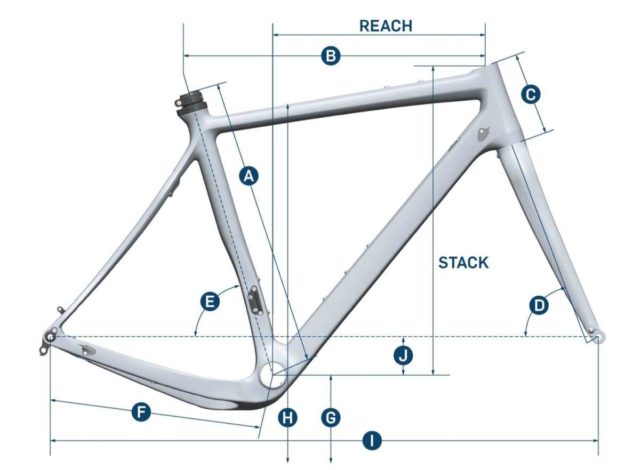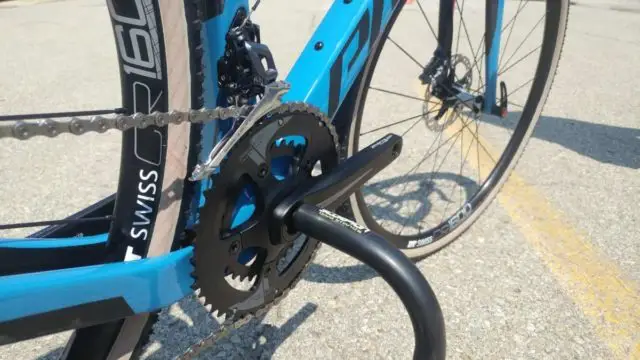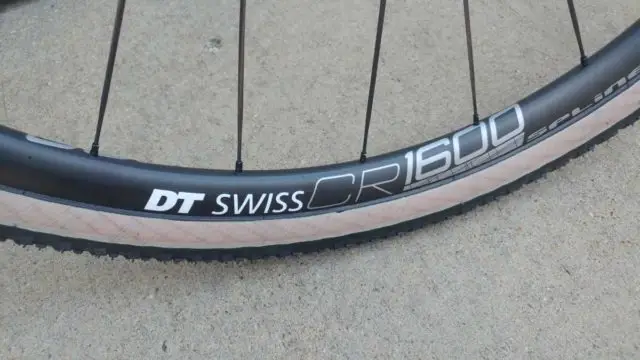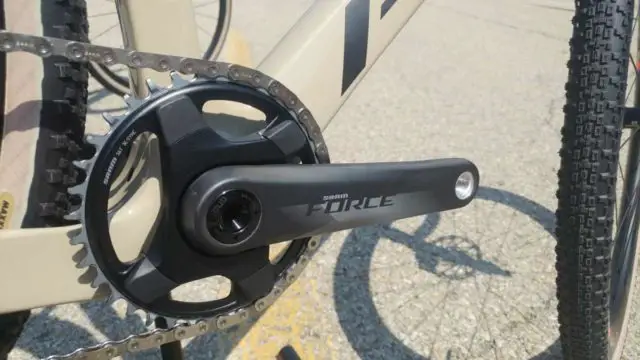Pivot Cycles was founded in 2007 and renown as a company who pushes the boundaries of bike design and related technology. Inside their facility reside two 3D printing machines which further their goals for innovation; CNC machining and in-house manufacturing provide the capability to handle initial production runs, construction of race team bikes and prototypes. Over the years, the cornerstone of Pivot’s range has been their XC / Trail bikes, but they produce Trail / Enduro, Gravity / Downhill, e-MTB, DJ / Park (pump tracks, bike parks), Fat and Gravel / CX / Road.
The Vault is Pivot’s all-rounder bike for Gravel, CX and Road, and to be expected from a company such as Pivot, they haven’t sat around watching the original Vault age gracefully into retirement. The 2020 model year sees an all-new Pivot Vault.
“Unrivaled Gravel Speed, Uncompromising Versatility”
The all-new Vault features a host of improvements over the original. Tyre clearance is significantly improved with provision for 700c x 45mm and 650b / 27.5″ x 2″, and “pro-caliber” power transfer with ride-tuned frame compliance come together for what Pivot claims, is “the fastest thing to hit backcountry roads”.
Adding to the bike industry’s favorite C word – Compliance – is Comfort, which comes courtesy of Pivot’s patent pending “ISO Flex” technology – think isolation of the seatpost from the frame and you get the idea.
Pivot claim this tech alone will provide a noticeable measure of comfort over dreaded washboard / corrugations – experienced Gravel Cyclists are well aware of this nasty dirt and gravel road phenomenon.
Key Features of the all-new Pivot Vault
“Next-generation” CX / gravel / road geometry is claimed to benefit riders across any road surface.
As alluded to earlier, the increased tyre clearance lends itself with the frame’s ability to clear sub-compact chainrings, traditional road gearing and 1x systems, as well as clearance for crankarm based power meters such as Stages.
Much of that increased clearance is attributed to the Vault’s dropped stays, connected to the massive BB386EVO bottom bracket junction, which handily jams one’s power into the drivetrain.
In keeping the frame looking neat and tidy in 1x mode, the front derailleur mount is removable with an integrated cover. Also neat and tidy is how Pivot deals with Di2 internal battery installations.
The traditional internal seatpost battery position is shifted to the bottom of the frame, accessed through an oversized battery port beneath the bottom bracket, which also comes in handy for the routing of cables.
On the subject of cables and housings, everything related to derailleur and brake is run inside the frame.
Above, the Vault’s all-carbon tapered steerer tube fork receives the internalized treatment.
Above and below, it wouldn’t be 2019 / 2020 if brake calipers weren’t flat mounted. We’re assuming that’s a 12mm thru-axle on the front, but will double-check with Pivot.
No matter the parts spec (there are two, more about that below), the Pivot Vault hits the skids with 160mm brake rotors front and rear.
About that “ISO Flex”
The Pivot’s “ISO Flex” technology supports 27.2mm or 30.9 seatposts, including support for a dropper seatpost.
Pivot accomplishes this with the choice of two differently sized rubberized seattube inserts.
In a nutshell, the insert is positioned into the seattube of the frame, and secured in place with a lockring compatible with Shimano’s Hollowtech II tool. Then, a seatpost clamp slides over the top of the insert, and finally, the seatpost slides into position.
With the seatpost isolated from the frame but taking away none of it’s claimed stiffness where it counts, a rider can enjoy less of a gravel beatdown on the road less traveled.
Much of the Pivot Vault’s stiffness comes from its full-carbon frame featuring proprietary hollow core internal molding technology – high stiffness to weight – and a claimed weight of 998 grams (assuming the smallest sized frame).
The Vault’s “ISO Flex” technology isn’t the only culprit smoothing out the ride – specific tube shapes and carbon layups help mitigate the bumps and keep the Vault stable.
The Vault also features hidden fender mounts and mounting points on the top tube for a compatible bag of your choice. The Dark Speed Works Speedpack 483 happens to be my preferred choice.
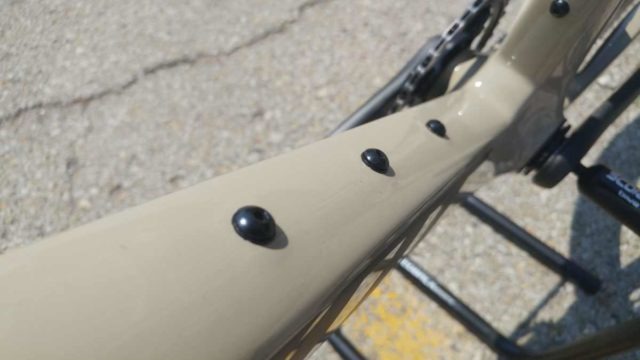
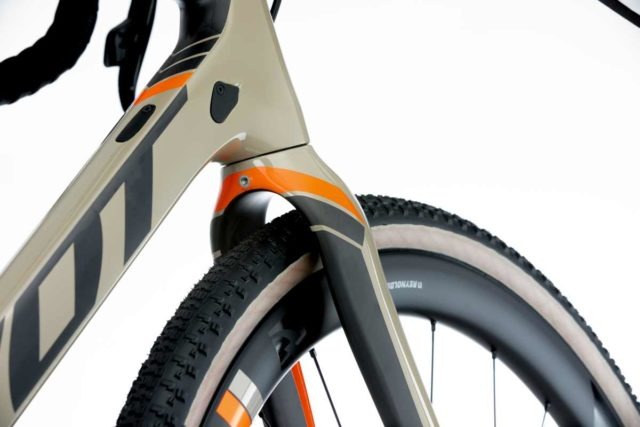
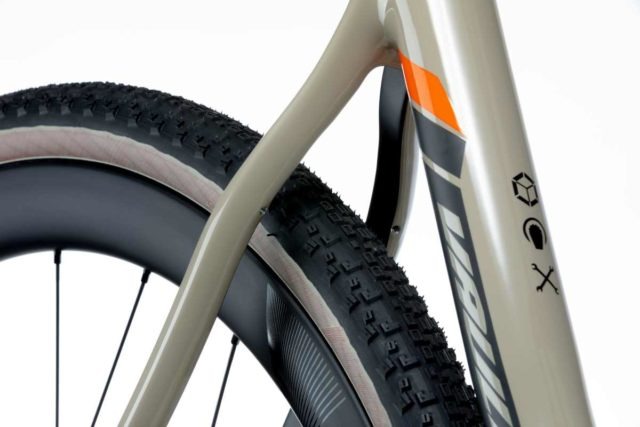
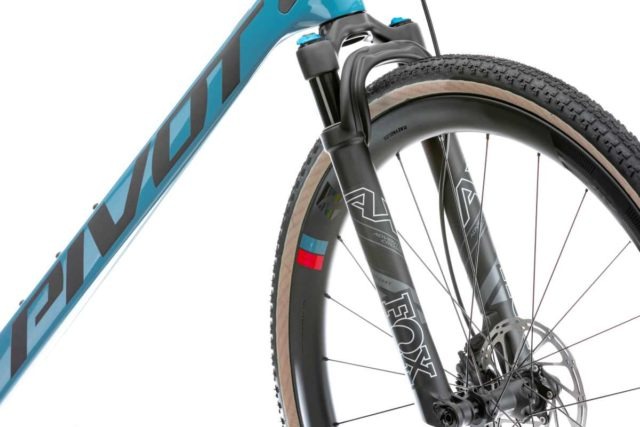
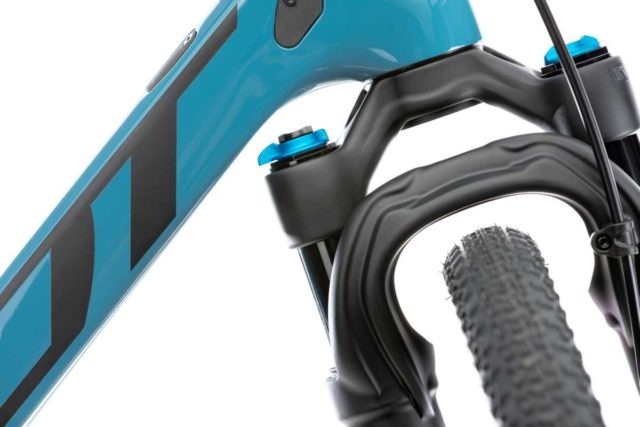
Video with Ron of Pivot Cycles
Geometry

Pivot Vault Build Specifications
Pivot Vault Ultegra – $US 5,199 (Frame / Fork is $US 2,699)
- Front Derailleur: Shimano Ultegra 8000 Mechanical
- Rear Derailleur: Shimano Ultegra RX Mechanical (features a clutch that can be turned on and off)
- Shifters: Shimano Ultegra R8020 11-speed Mechanical / Hydraulic Braking
- Brakes: Shimano Ultegra R8020 Disc Calipers
- Brake Rotors: Shimano XT RT81 Centerlock, 160mm Front and Rear
- Crankset: Praxis Zayante M30, 48T/32T Chainrings, 172.5mm
- Chain: Shimano CN-HG600 11-Speed
- Cassette: Shimano 105 R7000 11-32T
- Wheels: DT Swiss CR 1600 Spline, 22mm internal width
- Tyres: Maxxis Rambler 700c x 40mm TR Skinwall with Stan’s Sealant
- Handlebar: Easton EC70 AX
- Stem: Phoenix Team 31.8mm
- Saddle: Phoenix WTB Race Volt
- Seatpost: Phoenix Carbon 27.2mm
- Colours: Slate Blue and Sandstone
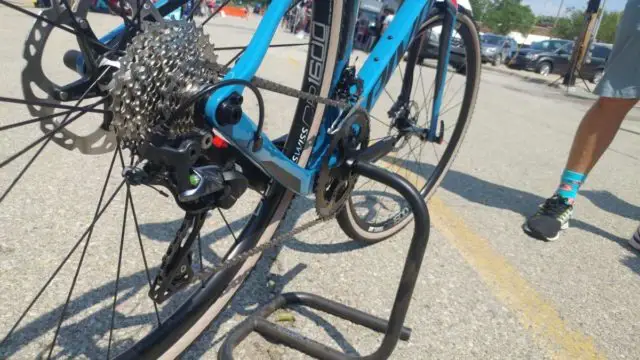
Pivot Vault Force AXS eTap – $US 6,699 (Frame / Fork is $US 2,699)
- Front Derailleur: N/A – 1x
- Rear Derailleur: SRAM Force AXS eTap 12-Speed
- Shifters: SRAM Force AXS eTap
- Brakes: SRAM Force Disc Calipers
- Brake Rotors: SRAM Centerline Centerlock, 160mm Front and Rear
- Crankset: SRAM Force 1 DUB 36T, 172.5mm
- Chain: SRAM Force 12-Speed
- Cassette: SRAM Force XG-1270 10-33T
- Wheels: Reynolds ATR X Carbon, 23mm internal width
- Tyres: Maxxis Rambler 700c x 40mm TR Skinwall with Stan’s Sealant
- Handlebar: Easton EC70 AX
- Stem: Phoenix Team 31.8mm
- Saddle: Phoenix WTB Race Volt
- Seatpost: Phoenix Carbon 27.2mm
- Colours: Slate Blue and Sandstone
